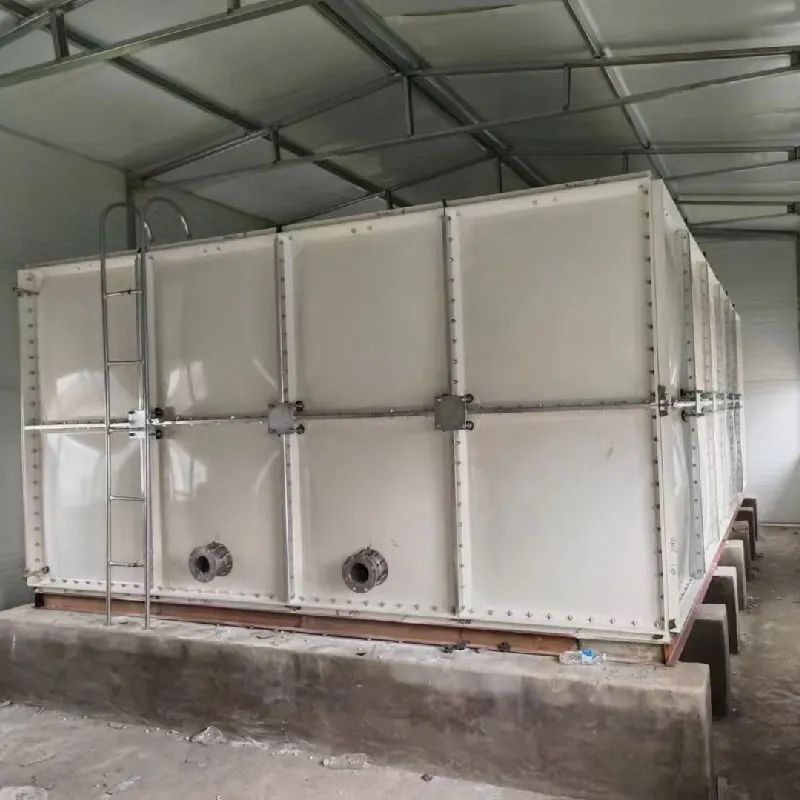loading...
- No. 9, Xingyuan South Street, Dongwaihuan Road, Zaoqiang County, Hengshui, Hebei, China
- admin@zjcomposites.com
- +86 15097380338
- Welcome to visit our website!
Comparative Analysis of GRP Grating Prices and Market Trends
Understanding GRP Grating Prices Key Factors and Considerations
GRP (Glass Reinforced Plastic) grating has gained significant popularity across various industries due to its numerous advantages. It is lightweight, corrosion-resistant, and requires low maintenance, making it an ideal choice for many applications such as walkways, platforms, and drainage covers. However, when it comes to purchasing GRP grating, one of the most critical considerations is pricing. Understanding the factors that influence GRP grating prices is essential for making informed purchasing decisions.
1. Material Composition
The primary component of GRP grating is fiberglass, which provides strength and durability. The specific formulation of the resin and the type of fiberglass used can significantly affect the price. High-quality materials typically lead to higher costs due to their enhanced performance and longevity. Bulk purchasing might also lead to discounts, so it is essential to consider the source and quality of the materials when evaluating prices.
GRP grating comes in various sizes, thicknesses, and configurations to suit different applications. Standard sizes may come at a lower price point, while custom-made solutions tailored for specific requirements generally cost more. Larger grating panels can offer cost savings due to reduced installation times and fewer joints, but the overall material requirement should also be factored into the pricing strategy.
3. Grating Type
There are several types of GRP grating — such as pultruded grating, molded grating, and raised grating — each varying in cost due to their production processes and structural characteristics. Pultruded grating, for example, is known for its exceptional strength and is often used in heavy-duty applications, making it more expensive than molded grating, which is suitable for lighter loads.
grp grating prices

4. Surface Finish
The surface finish of GRP grating can impact its price as well. Anti-slip surfaces, color options, and UV-resistant finishes may incur additional costs. However, investing in these features can enhance safety and longevity, potentially resulting in lower long-term maintenance and replacement costs.
5. Supplier and Distribution
Different suppliers may offer varying prices based on their production efficiency, availability of materials, and overhead costs. It’s essential to compare quotes from multiple vendors and evaluate their reputation and service offerings. Sometimes, suppliers that provide added value, such as dependable logistics or customer support, may justify higher prices.
6. Market Trends
Economic factors and market demand play a significant role in determining GRP grating prices. Fluctuations in raw material costs, supply chain issues, and competition among manufacturers can impact pricing structures. Staying informed about market trends and seasonal variations can help consumers time their purchases effectively to secure better rates.
Conclusion
When considering GRP grating prices, it is critical to take a holistic approach that accounts for material composition, size, type, finish, supplier reputation, and market dynamics. Although it may be tempting to opt for the cheapest option, factors such as quality and appropriateness for specific applications should not be overlooked. By understanding the numerous elements that affect pricing, buyers can make well-informed decisions that balance cost and performance, ultimately leading to more successful and durable installations in their projects. Thus, it is advisable to conduct thorough research and engage with knowledgeable suppliers to ensure that you receive the best value for your investment in GRP grating.
-
GRP Structures: The Future of Lightweight, High-Performance EngineeringNewsJun.20,2025
-
FRP Water Tank: High-Performance Storage for Corrosive and Clean Water SystemsNewsJun.20,2025
-
FRP Square Tube: The New Industry Standard for Chemical and Structural ApplicationsNewsJun.20,2025
-
FRP Pultruded Profiles: The Ultimate Choice for Lightweight Structural StrengthNewsJun.20,2025
-
FRP Handrails: The Safer, Smarter, and Stronger Choice for Modern InfrastructureNewsJun.20,2025
-
FRP Grating: The Smart Solution for Durable, Lightweight Industrial FlooringNewsJun.20,2025
-
Why Choose a Galvanized Water Tank for Your Storage NeedsNewsMay.21,2025
